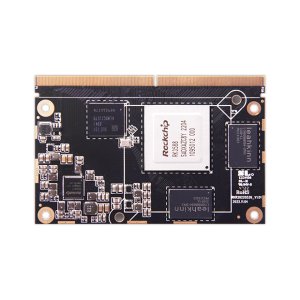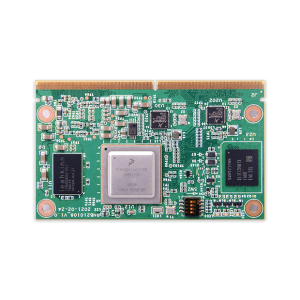Understanding System on Module (SoM) and Its Applications in Embedded Systems
Understanding System on Module (SoM) and Its Applications in Embedded Systems
Blog Article
Side computing has surfaced as a innovative tendency in the technology business, enabling quicker information running and paid down latency by taking computational energy nearer to where information is created. A vital creativity pushing that transformation is the increase of computer on module which are small, effective, and functional computing products made to include effortlessly in to tailored hardware systems.

The Position of Pc on Segments in Edge Computing
Pc on Adventures have become fundamental in edge computing because of their ability to improve electronics style while sustaining powerful control capabilities. According to a recently available record by MarketsandMarkets, the worldwide edge research market is predicted to grow from $40.84 thousand in 2021 to $132.11 thousand by 2026, with COMs enjoying an important position in this expansion.
These modules are particularly impactful in industries requesting real-time information evaluation at the edge. As an example, the transportation industry uses COMs in autonomous cars for real-time decision-making, while smart towns utilize them to manage techniques like traffic movement and power distribution.
Compact and Flexible Style
One of many standout characteristics of Pc on Modules is their small and modular design. This enables designers to combine high-performance computing power into edge devices without the necessity for considerable electronics redesign. A review by IoT Analytics found that 68% of businesses utilizing IoT answers consider modular hardware like COMs essential for rapid deployment and scalability.
COMs also support tailor-made adjustments, making them ideal for a wide range of applications, from industrial automation to healthcare. Their power to adjust to particular needs is really a driving power behind their adoption in edge research systems.
Power Effectiveness and Performance
Edge computing devices often operate in situations with confined energy resources. COMs handle this challenge by providing optimized energy performance without diminishing on computational strength. A study by Allied Industry Research highlighted that energy-efficient edge processing answers are anticipated to rule the field through 2030, positioning COMs as a critical portion for achieving this goal.
Also, with developments in processors and integrated artwork, COMs today supply the efficiency needed for AI-driven applications at the edge. This not only increases real-time abilities but also reduces dependence on centralized cloud systems.
Why the Potential Belongs to COMs
With world wide information era projected to achieve 175 zettabytes by 2025, side processing is placed to be much more built-in than ever. Computer on Segments offer an versatile, energy-efficient, and scalable alternative for handling this influx of data. Their relevance across diverse groups like healthcare, manufacturing, and telecommunications just underscores their vital role in surrounding the future of edge computing.
COMs are no more just a technological trend; they're the backbone of next-generation edge programs driving invention and efficiency throughout the globe. Because the need for edge processing continues to grow, therefore will the value and influence of COMs in this quickly changing landscape. Therefore, it's secure to state that Pc on Adventures are here to remain and may carry on surrounding the ongoing future of side computing.

Conclusion
Side processing is transforming the way in which we process and use information, with Computer on Segments at the front of this revolution. Their lightweight design, usefulness, power efficiency, and efficiency cause them to become a perfect solution for processing real-time information at the edge. As industries increasingly depend on side processing for their procedures, COMs can perform a crucial role in operating development and effectiveness in these systems. Report this page